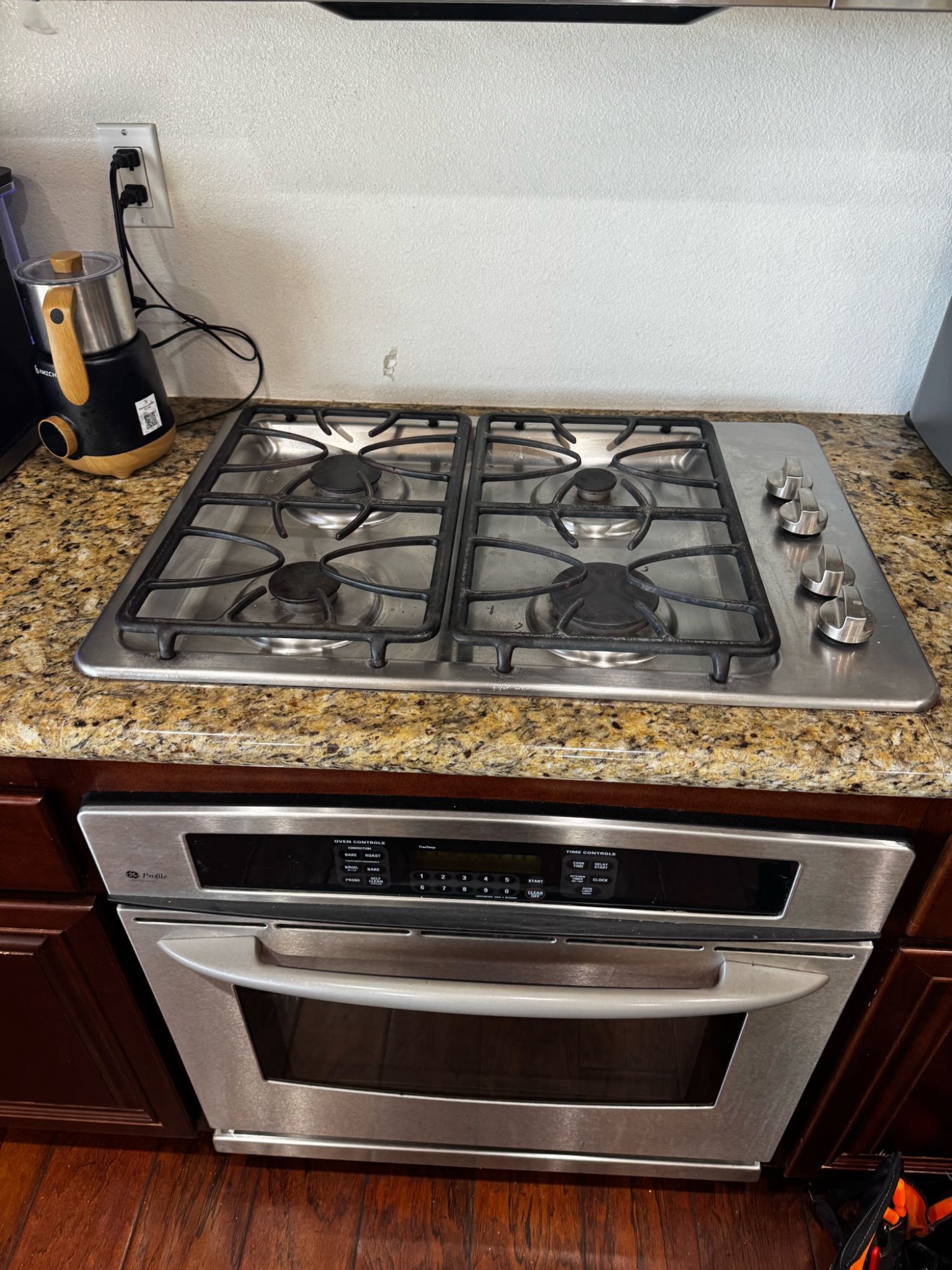A gas stove is an essential appliance in any kitchen, providing fast, efficient, and controllable heat for cooking. Most homeowners are familiar with the typical strong, steady blue flame that indicates proper combustion. But when the flame turns yellow or becomes uneven, it’s often a sign of underlying problems that should not be ignored. These issues can range from gas pressure irregularities to inadequate air supply, both of which can impact the stove’s efficiency and even pose safety risks. Understanding the causes and solutions can help ensure your gas stove continues to function safely and effectively.
Why the Flame Should Be Blue
A clean, blue flame indicates complete combustion of the gas. This means the right balance of fuel and oxygen is being achieved. The energy is being used efficiently, producing the maximum heat with minimal waste. A blue flame also ensures that the level of carbon monoxide produced is kept low, which is important for household safety.
When a flame becomes yellow or uneven, it suggests incomplete combustion. Not only does this reduce heating efficiency, but it can also result in the release of harmful gases and soot.
Common Causes of Yellow or Uneven Flames
- Gas Pressure Problems
One of the leading causes of irregular or yellow flames is insufficient or unstable gas pressure. If the pressure is too low, the flame may flicker, appear weak, or fail to burn blue. On the other hand, excessively high pressure can cause noisy, unstable flames that shoot upwards unevenly.
Causes of gas pressure issues include:- Faulty pressure regulators
- Leaks in the gas line
- External supply issues from the provider
- Poor Air Supply
Gas needs a proper mixture of fuel and oxygen to burn correctly. If the air intake is blocked or restricted, the combustion will be incomplete, leading to yellow flames. Clogged air shutters or blocked burner openings can restrict airflow. Dust, grease, or debris often accumulate over time, obstructing the proper balance of air. - Dirty Burners
Food spills, grease, and general dirt can clog the tiny holes in the burner, preventing proper gas flow. This blockage leads to uneven flame distribution and yellow tips. Regular cleaning can help prevent this issue. - Improper Installation or Adjustment
A newly installed stove that shows yellow flames may not be adjusted correctly. The air-to-gas ratio must be calibrated by a technician during installation. An unadjusted stove may run inefficiently and pose hazards. - Ventilation Issues
Kitchens with poor ventilation can suffer from limited oxygen supply, affecting combustion. This is particularly true in tightly sealed modern homes where air circulation may be limited.
Risks of Ignoring Yellow or Uneven Flames
While many homeowners may brush off a yellow flame as a minor annoyance, it can have serious consequences:
- Health Hazards: Incomplete combustion produces higher levels of carbon monoxide, a colorless, odorless, and potentially deadly gas.
- Soot Formation: Yellow flames often leave black soot deposits on cookware and stove surfaces, making cleaning more difficult.
- Energy Inefficiency: A yellow or uneven flame means the gas isn’t being burned efficiently, leading to wasted energy and higher bills.
- Appliance Damage: Prolonged operation under poor conditions can damage burners, igniters, and regulators.
What You Can Do
- Check for Obstructions: Ensure that burner ports are clean and free of food debris or grease. A gentle cleaning with a needle or brush can help restore airflow.
- Inspect Air Shutters: These can sometimes shift or become clogged. Adjusting or cleaning them may resolve the issue.
- Maintain Good Ventilation: Make sure your kitchen has proper airflow when using the gas stove.
- Seek Professional Help: If the issue persists after basic cleaning and checks, it’s essential to contact a qualified technician. Problems with gas pressure, regulators, or line integrity are not safe for DIY repair.
Professional Repair and Maintenance
Gas appliances demand careful handling. If you notice uneven or yellow flames, scheduling a professional inspection is the safest choice. A skilled technician can measure gas pressure, clean and calibrate burners, adjust the air-gas mixture, and verify overall safety. Regular maintenance not only keeps your stove efficient but also protects your household from potential hazards.
A yellow or uneven flame on your gas stove is more than a cosmetic problem—it’s an early warning sign of issues with gas pressure, air supply, or burner cleanliness. Left unaddressed, it can lead to inefficiency, health risks, and costly damage. Taking immediate action ensures your stove operates safely and effectively for years to come.
If your gas stove is showing signs of trouble, don’t delay. Contact Home Appliance Service Center today for expert repair and maintenance services. Our experienced technicians are equipped to diagnose and resolve gas stove issues quickly and safely, restoring peace of mind in your kitchen.
Contact us
 619-928-5000
619-928-5000  Request Service
Request Service 
